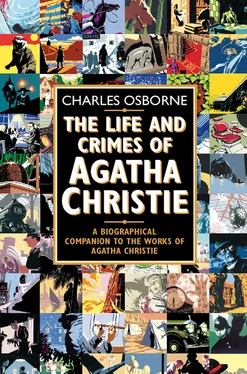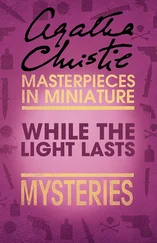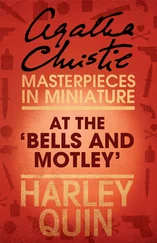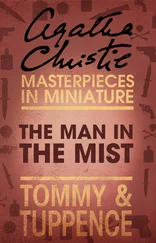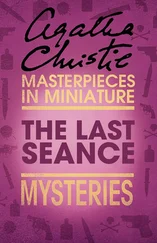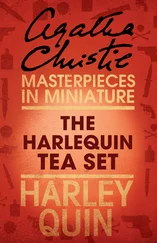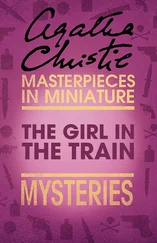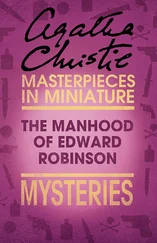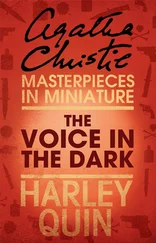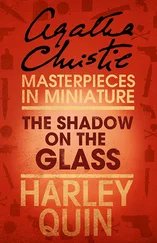Max Mallowan had arranged not to go back to Leonard Woolley and his dig at Ur, the following season, but instead to accept an invitation from Dr Campbell Thompson to join him in excavating at Ninevah. So, in late September 1931, Max travelled to Ninevah, and it was arranged that Agatha should join him there at the end of October. Her plan was to spend a few weeks writing and relaxing on the island of Rhodes, and then sail to the port of Alexandretta and hire a car to take her to Aleppo. At Aleppo she would take the train to the Turkish-Iraqi frontier, and then drive on to Mosul where she would be met by Max. But a rough Mediterranean Sea prevented the steamer from putting in at Alexandretta, so Agatha was carried on to Beirut, made her adventurous way by train up to Aleppo, and eventually arrived at Mosul three days late.
The big mound of Ninevah was a mile and a half outside Mosul, and the Mallowans shared a small house with Dr Campbell Thompson and his wife, quite close to the mound which was being excavated. The country was fascinating, with the distant Kurdish mountains to be seen in one direction, and the river Tigris with the minarets of the city of Mosul in the other. At the bazaar in Mosul, Agatha bought herself a table. This cost her £10, according to her memoirs, or £3, according to Max Mallowan’s memoirs. Both agree that, on it, she wrote a Poirot detective novel, Lord Edgware Dies. When a skeleton was dug up in a grave mound at Ninevah, it was promptly christened Lord Edgware.
The Sittaford Mystery, published in Great Britain in 1931, and in America as Murder at Hazelmoor, 10 Конец ознакомительного фрагмента. Текст предоставлен ООО «ЛитРес». Прочитайте эту книгу целиком, купив полную легальную версию на ЛитРес. Безопасно оплатить книгу можно банковской картой Visa, MasterCard, Maestro, со счета мобильного телефона, с платежного терминала, в салоне МТС или Связной, через PayPal, WebMoney, Яндекс.Деньги, QIWI Кошелек, бонусными картами или другим удобным Вам способом.
was written during a few weeks in 1929, and is one of those Agatha Christie crime novels in which the murderer is unmasked not by Poirot or Miss Marple or one of the author’s other ‘regulars’, but by the heroine of the novel, who is usually a courageous and determined young woman with something of the spirit of Tuppence Beresford in her.
Anne Beddingfield in The Man in the Brown Suit (1924) is the earliest of these adventurous ladies, and Katherine Grey in The Mystery of the Blue Train (1928) is potentially one of them, although she does not develop her potentiality since she has Poirot on hand. In The Sittaford Mystery Emily Trefusis is engaged to be married to a young man who has been arrested for the murder of his uncle, Captain Trevelyan. Convinced of his innocence, she sets out to discover the identity of the murderer, and eventually succeeds with the help of the police Inspector in charge of the case. The police, in Christie novels, are not always Inspector Japp-like incompetents brought into the story merely to set off the brilliance of the private detective.
For the first time, Mrs Christie makes use of Dartmoor, virtually her native heath and the place where she wrote her very first crime novel. Normally, her settings are in less bleak and inhospitable parts of the English countryside, but in The Sittaford Mystery she takes advantage of the snow-bound moorland village, using it not simply for atmosphere but making it contribute to the plot as well. You cannot fail to be reminded of Conan Doyle’s The Hound of the Baskervilles, not only by the setting but also by the fact that, in both novels, a prisoner escapes from Princetown, the prison in the centre of Dartmoor.
Agatha Christie was interested in the supernatural, and indeed was to write some of her finest short stories on supernatural subjects. The Sittaford Mystery begins with a seance in which the assembled sitters are informed by the rapping of the table that Captain Trevelyan, six miles away in Exhampton, is dead. And it is discovered that Trevelyan has indeed been murdered, probably at the precise moment that the message was received in the seance six miles away. But The Sittaford Mystery is not necessarily a supernatural one. There are, in fact, two mysteries, and Mrs Christie juggles them superbly so that, until she is ready to tell us, we are never sure whether they are connected or even what one of them is. Who murdered Captain Trevelyan? And why have Mrs Willett and her daughter come to live in Sittaford? These would appear to be the mysteries, and presumably they are related.
The Sittaford Mystery is strongly plotted, and the solutions to its puzzles are not likely to be arrived at by deduction on the reader’s part. It is also one of Mrs Christie’s most entertaining crime novels, and her use of the Dartmoor background is masterly. But you cannot help thinking that, given the characters of those involved, the actual motive for the murder when it is revealed seems rather inadequate. Real life produces murders committed for motives which seem even more inadequate, but that is not the point. Usually the reader is convinced by Mrs Christie’s explanations, but on this occasion he may well consider it unlikely that this particular person would have committed that particular crime for the reason given. This reader would have liked a stronger motivation and also to have had loose ends tied up. What, for instance, is the significance of the information given in Chapter 37, that the maiden name of Martin Derring’s mother was Martha Elizabeth Rycroft? What is her connection with Mr Rycroft the ornithologist? Why does Rycroft refer to the Derrings as ‘my niece … and her husband’? There is an irrelevant and unnecessary confusion here.
Mrs Christie, the most objective of authors, who usually keeps herself in the background, intrudes at one or two points in the story: once, inadvertently, when she has Emily think to herself that a tall, blue-eyed invalid looks ‘as Tristan ought to look in the third act of Tristan und Isolde and as no Wagnerian tenor has ever looked yet’, for Emily is not the kind of girl to have been at all interested in the operas of Wagner, and the comment is clearly not hers but her author’s; on the other occasion, Mrs Christie describes a character’s voice by telling us that it ‘had that faintly complaining note in it which is about the most annoying sound a human voice can contain’. The qualifying clause is the opinion not of anyone in the novel but, again, of the author. It is possible to pick up pieces of information about Agatha Christie’s personal likes and dislikes in this way, but not often.
In one or two details, there is a similarity between The Sittaford Mystery and the long story, ‘Three Blind Mice’, of about sixteen years later, a story which was subsequently used as the basis of the play, The Mousetrap.
Several months before The Sittaford Mystery was published, the crime novelist Anthony Berkeley had written, in the preface to one of his Roger Sheringham mysteries, The Second Shot.
I am personally convinced that the days of the old crime-puzzle, pure and simple, relying entirely upon the plot and without any added attractions of character, style, or even humour, are in the hands of the auditor; and that the detective story is in the process of developing into the novel with a detective or crime interest, holding its readers less by mathematical than by psychological ties.
Читать дальше
